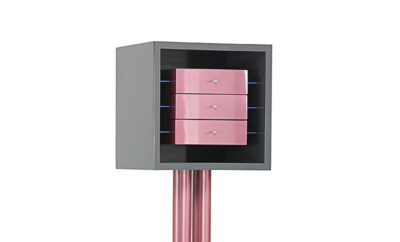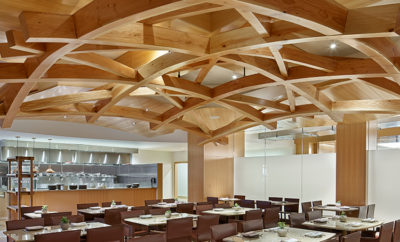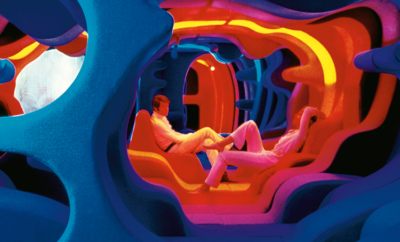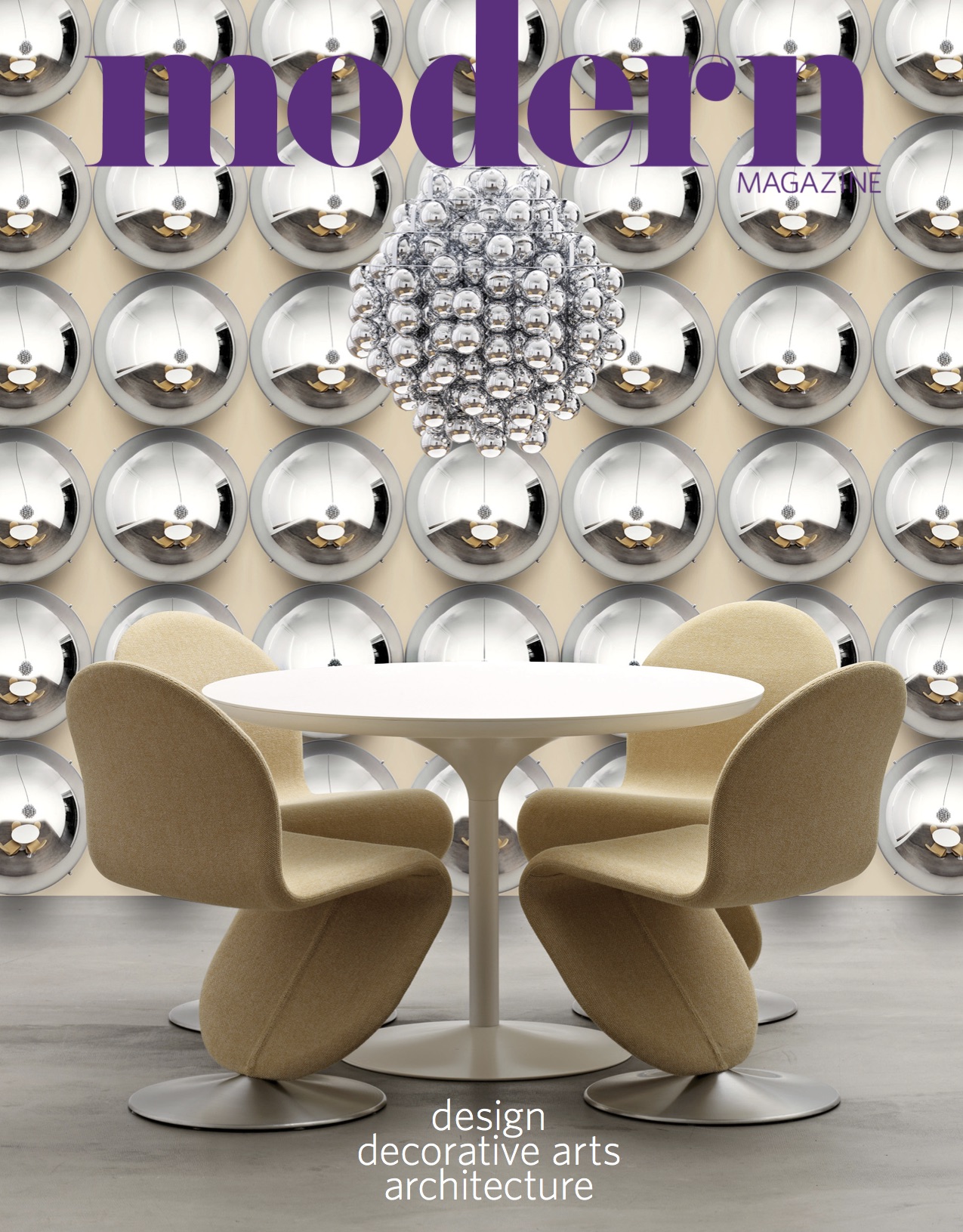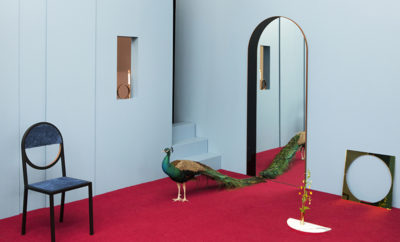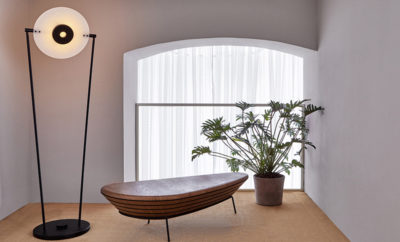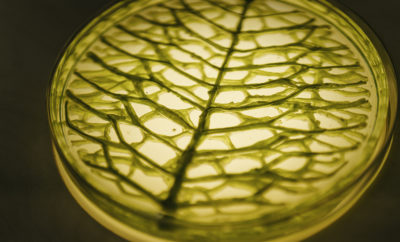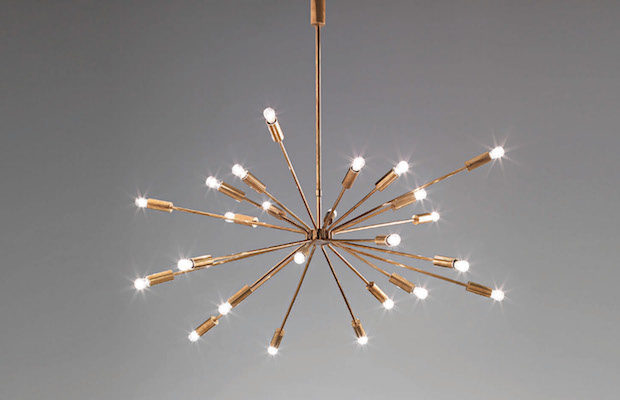 COURTESY PHILLIPS/PHILLIPS.COM
COURTESY PHILLIPS/PHILLIPS.COM
Design
Lighting the Way: The Best Early Modern Lamps
When we consider modern design, the emphasis is often on the decade or so following World War II. The reasoning, which is justified, can be condensed into a few critical ideas, including the necessity of rebuilding (and re-furnishing) Europe, the enhanced abilities and possibilities of mass-production, and a general philosophical inclination toward the new and the future. Too often, it’s as if there is an invisible frontier that excludes earlier objects.
In fact, early modernism is ripe for discovery. Many of the lights fixtures featured here are remarkably under-appreciated or even unknown, even though their aesthetic innovations were repeatedly duplicated or interpreted in succeeding decades, up to today. I suspect that even readers familiar with certain models will be surprised at how early their designs date. None of the designers are obscure, and their contributions to either design or architecture of the twentieth century is considered. Several of the lights boast new technologies (notably bulbs), materials, or production possibilities of the day.
Perhaps the key factor uniting the examples featured is that they are still remarkable today, whether isolated on a museum plinth or in a contemporary interior. They all reflect a fierce rejection of the reigning styles of their era and the assertion of a new aesthetic sensibility, often accomplished “simply” by dismissing ornamentation. All have an overt sculptural presence even if the forms are simple, the materials are modest, or the surfaces are unadorned.
Of course this list is highly subjective and certainly not exhaustive. In the end, it is about a desire to retreat behind the 1945 frontier and illuminate a group of iconic, or deserve-to-be-iconic, light fixtures from the first half of the twentieth century.
Pierre Chareau (1883–1950) La Religieuse floor lamp (SN31) (or Nun lamp) 1923

COURTESY EDITION MODERN
PIERRE CHAREAU APPEARS on this list thanks to the fine scholarship of Esther da Costa Meyer and the vision of the Jewish Museum in New York City, the venue for the exhibition Pierre Chareau: Modern Architecture and Design (on view until March 26). Although fine dealers such as JF Chen have been selling Chareau reissues for several years, until this exhibition the designer was very much under the radar, especially in the United States. Personally, I have a reverence for designers who can take an atypical material and exploit its properties for the production of beauty. Chareau’s signature material for his lighting was alabaster, which he began working with in the early 1920s. Before the decade was over he had created a dozen examples in which the shades, diffusers, or almost the entire casing is composed of this veiny, semitranslucent stone. The most distinctive models used overlapping triangular or rectangular cuts of alabaster, a material notoriously difficult to handle successfully because it is nearly 80 percent water. The Nun, which in theory resembles a cubist interpretation of a nun’s cornette (on a windy day?) is his most unforgettable lighting creation. The alabaster diffuser suggests lightness and motion, while the shaped and tapered wood base gives the piece a sense of gravitas and a suggestion of sculpture. During an era when avant-garde floor lamps were reduced to metal tubing with a light-bulb crown, Chareau’s design is radically original.


